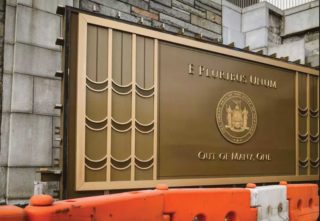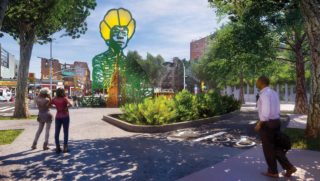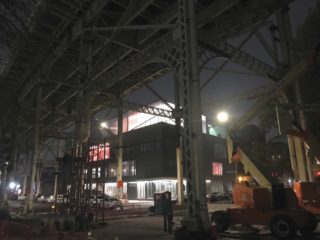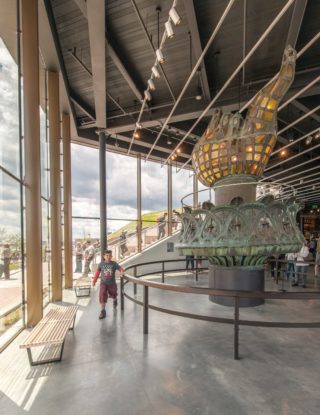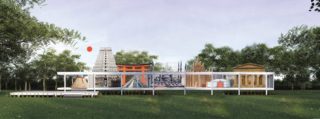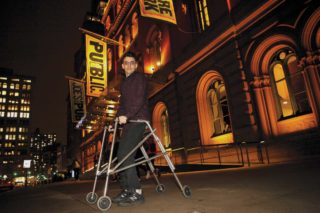
The idea of accessibility is simultaneously straightforward and nuanced—as are most important concepts. In our daily work as architects, we are responsible for creating environments and spaces that everyone can enjoy, regardless of impairments. There are layouts, standards, and products that assist us in designing barrier-free projects. I remember happily dining with my grandfather (repeatedly) at the worst restaurant in his town because it was the only place to eat that had a ramp out front. He was too embarrassed to go anywhere that had steps because he didn’t want to be seen in public, struggling to climb up and down. If you don’t need this type of assistance, you take the dignity and independence these measures provide for granted. But the transformational benefits of creating barrier-free environments should never be underestimated.
What about barriers that are not physical? Perceived barriers? Economic barriers? Social barriers? The projects we build are experienced as more than a series of elements intended to satisfy a basic need—they communicate an ethos. Many times, the overwhelming perception of a completed project is not what was scripted in the author’s mind. We see this again and again when the team designing and delivering a project overlooks aspects large or small that become the gestalt of the project once it is delivered to the public. Accessibility, considered in this broader way, is much more challenging. Furthermore, I doubt there will ever be codified solutions, because this idea of accessibility is always evolving.
Because our projects are public and have longevity, we are creating for an audience and a time that we don’t necessarily know. It is imperative that we consider the potential audiences’ needs and interpretations broadly.
This past month, I had the honor of serving as jury chair for first phase of the Big Ideas for Small Lots design competition co-sponsored by NYC Housing Preservation and Development and the AIA New York Chapter. The intent was to create a replicable design for affordable housing on a small, non-conforming, city-owned vacant lot and show how it could translate to other lots. The city will be making a public investment in these projects by donating the land. The submissions were inventive and thoughtful. The proposals needed to deliver accessibility from a physical standpoint as well as from a perceptual standpoint, with their benefits exceeding the public cost and delivering on their potential. The impact of these proposals will stretch far beyond the specific lots included in the competition. Despite their small
footprints, their ripple effect in their immediate block, neighborhood, and city will be outsized—before we consider the influence they will have through publication and study. Please check out the competition finalists in the piece starting on page 14 of this issue.
While this instance is unique, because of the public profile of the competition, I would suggest that we apply this rigorous critical lens to all our work. The impact of a project is not proportional to the size of the project. Our ability to address important issues of accessibility and equity in our work is not proportional to the size of the commission. How many of us have trekked long distances to see a beloved and formative precedent project only to be surprised, simultaneously, by how small the project is physically and how powerful a presence it is in person?
I find this to be intimidating and inspiring. No matter the scale of our work, we can and will be making a statement that transcends the physical aspects of any one project. We must work to keep true accessibility the goal of our work as architects.








